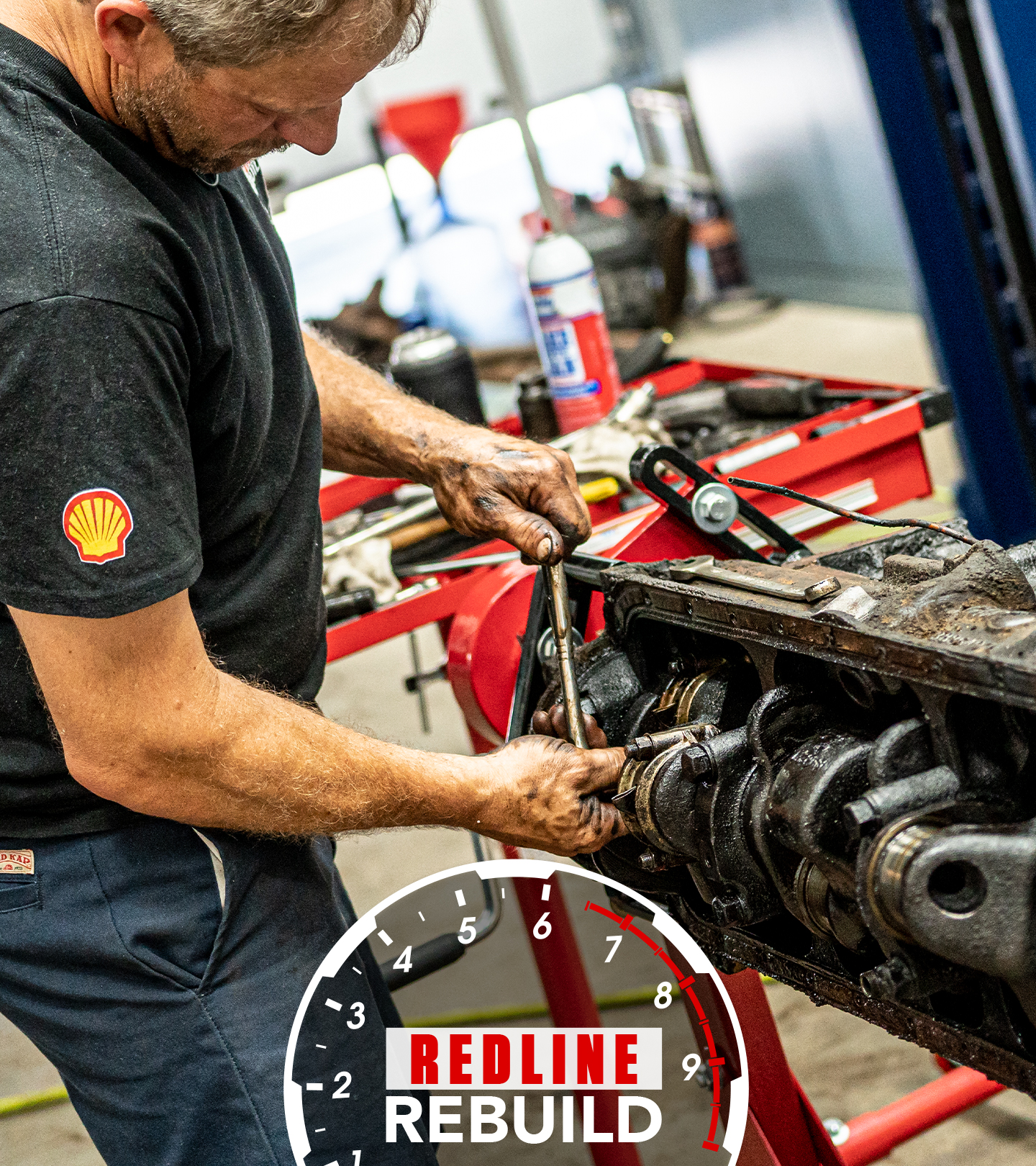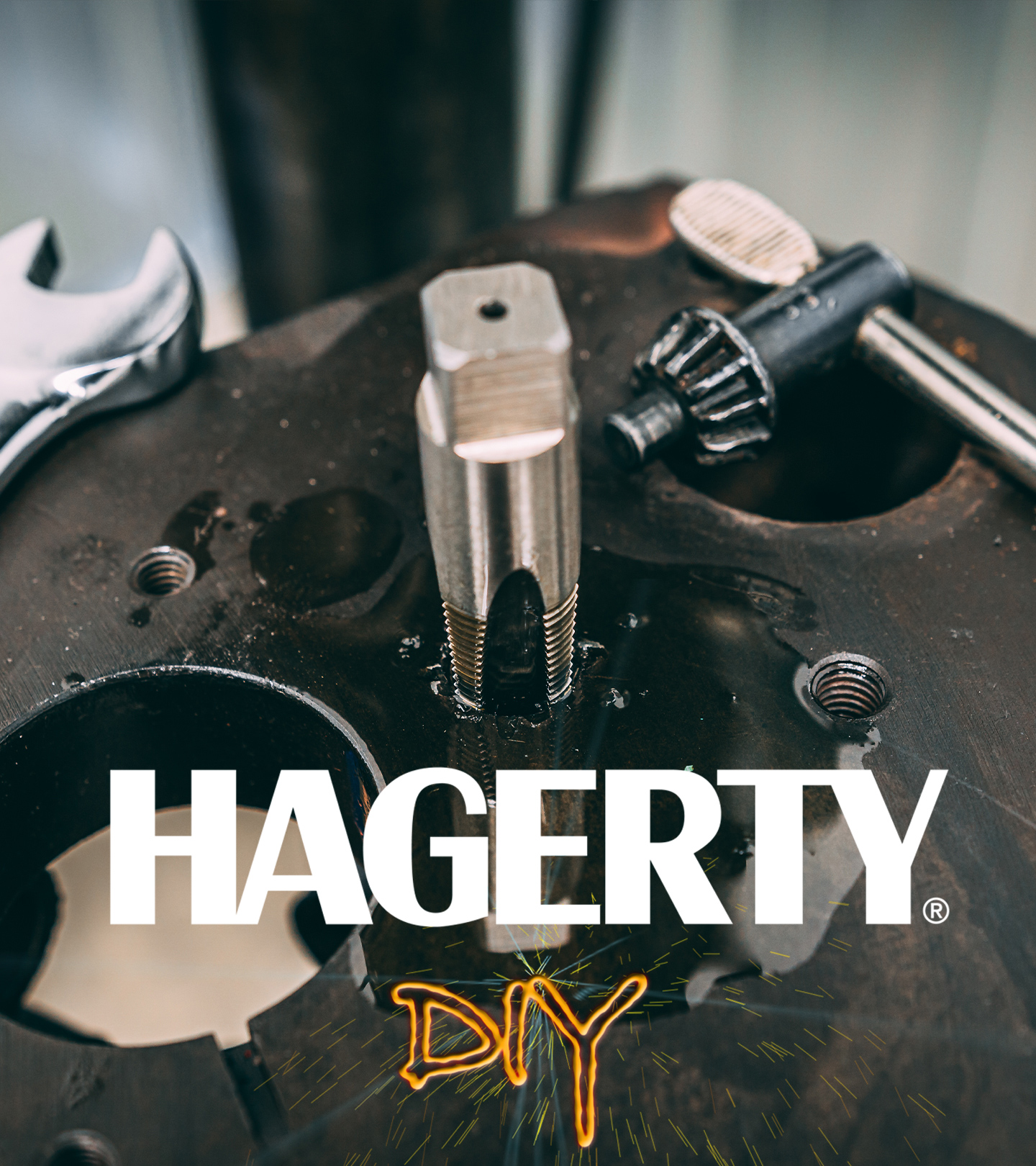This father and son’s 1967 Jeep CJ-5 is all about bare-bones fun - Hagerty Media
In the years following World War II, anyone buying a Willys CJ (for “civilian Jeep”) could choose from a wide range of factory options, including a mould board plow, a spring-tooth harrow, a cultivator, a 300-amp arc welder, a hydraulic lift, and a hydro-grader and terracer. After having carried allied troops all over Europe and beyond, the Jeep became something akin to a tractor that farming families could drive to church each Sunday.
For that reason, anyone buying a Jeep tended to see them as utilitarian machines and often viewed with suspicion any feature that did not directly contribute to getting through the the day’s chores. Features like, say, power steering. That creature comfort cost $81, a princely sum back then, and given CJ buyers tended to be Spartan in outfitting their vehicles, it usually went unchecked on the spec sheet.
That explains why Cy Schmidt must put a little muscle into steering his 1967 Willys-Kaiser Jeep CJ-5. To call his CJ Spartan is to risk overstating its features. The dash has precisely two knobs—one for the choke, the other for the headlights—and a single gauge that conveys your speed, fuel level, and engine temperature. Anyone needing more information when this Jeep left the factory in Toledo should have bought a Lincoln. Vacuum hoses power the windshield wipers. Pull a little knob at the top of the windshield and, if you are going downhill, they do a passable job. If, on the other hand, you’re headed uphill, well, there can’t be much worth seeing anyway.
This simplicity extends to the Jeep’s drivetrain. If the 225 cubic-engine Buick Dauntless V-6 engine ever acts up, Cy and his son Steve have no OBD port or check engine light on which they can rely for a clue. They must simply dig in together and figure it out.
20190326193527)
20190326193842)
20190326193552)
20190326193607)
“It gives us a lot of projects,” says Steve. “A lot of phone calls of, ‘Hey, I tore this apart, and I don’t think I can get it back together; I need a hand.’ You end up coming over and BS-ing for a little bit and working on something. Next thing you know, one hour turns into five.”
The suspension showed equally primitive sophistication. The rigid steel ladder frame rode on solid axles mounted on leaf springs.
“It drives like a 1967 Jeep,” says Steve. “It’s pretty rough compared to anything today, but it’s really more of an old school four-wheeler or something like today’s quads or side-by-sides. It’ll go anywhere.”
Cy bought the CJ-5 in 2004 after his Mercury Cyclone was damaged in an accident and he found himself without a vintage vehicle with which to explore the Ohio countryside around his home. This Jeep, of course, offers a completely different type of fun for the Schmidts. “Bare-bones fun,” as Steve calls it.
“You take it out in the sun, or you get caught in a rainstorm, so be it, it’s a Jeep,” says Steve. “We’ll often stop and pick up a couple of buddies when we go out. When the top’s not on, they can just hop right over the side and jump in the backseat. So there’s not much to this thing, but what’s there is fun for everyone.”
20190326193820)
20190326193539)
20190326193515)
While Cy and Steve also love taking the Jeep out for drives through the woods near their home in Ohio, they avoid subjecting it to the abuse Jeeps were designed to take—and often endured. The CJ-5, which is nearly all-original, now wears a coat of Ford Wimbledon White paint (a close approximation of the Jeep’s original “Glacier White” paint) and the Schmidts see no need to embark upon another paint job.
“We’ll take it out and head over to a friend’s house that has some farm land, go through the field, go up through the pastures, down some fun trails,” says Steve. “You can do all that and not beat it up too much. By the time you get home, you’ve used three gallons of gas and had 10 gallons of fun.”
Ten gallons of fun, apparently, came standard with every Jeep CJ.










